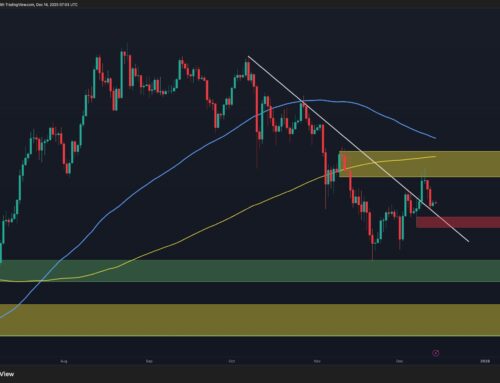Amazon is changing its salary structure, here’s who the new guidelines favour – The Times
May 6, 2025
Amazon is overhauling its compensation model to significantly favor longtime top performers while reducing payouts for first-time high achievers and those with inconsistent performance records. Under the new guidelines, veteran employees with consistent excellence stand to gain substantially more than their newer counterparts. According to internal guidelines obtained by Business Insider, employees who earn Amazon’s “Top Tier” performance rating for four consecutive years will now receive 110% of their pay range, exceeding the previous cap of 100%. Meanwhile, first-time Top Tier recipients will get 70% of their pay band, down from 80% last year.
“This approach ensures a steadier compensation progression,” states the internal pay guideline, referring to the company’s total compensation target metric. An Amazon spokesperson explained that the updated model “better distinguishes between newer high performers and those who have consistently exceeded expectations for their role and level.”
The revised structure places greater emphasis on an employee’s rating history rather than just current performance. Employees moving from lower ratings to Highly Valued 2 (HV2) will receive 10% of their pay range instead of the previous 20%, while those who drop from Highly Valued 3 (HV3) to HV2 will maintain 20%, indicating the company’s increased focus on past achievements.
Similarly, first-time HV3 recipients will receive 40% of their pay range rather than 50%, while employees with two consecutive Top Tier ratings will get 90% of their band instead of the previous 100%.
Amazon’s move represents a significant shift in how the e-commerce giant distributes compensation across its workforce. The changes clearly benefit employees who maintain top performance over multiple years while potentially disadvantaging newer high achievers and those with inconsistent performance records. Other technology companies like Google, Microsoft, and Meta have also implemented similar performance-based compensation strategies, with stricter review policies and reduced rewards for underperformers.
Amazon’s compensation structure has previously faced internal criticism for its lack of transparency and competitive nature of employee rankings. Managers are instructed not to share individual Overall Value (OV) ratings with employees, forcing staff to infer their performance based on compensation changes.
The company will continue its pilot program allowing employees to take 25% of their new stock awards in cash, addressing concerns from employees seeking more immediate financial returns rather than stock-based compensation.
Despite these adjustments, Amazon maintains that most employees who demonstrated performance improvements still saw pay increases this year, with the spokesperson adding that the company offers “multiple channels” through which employees can raise concerns about their compensation.
Search
RECENT PRESS RELEASES
Related Post





